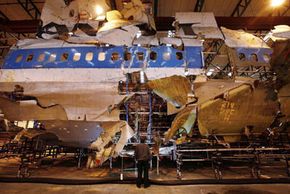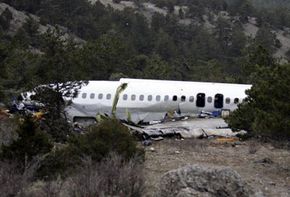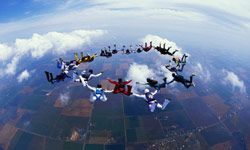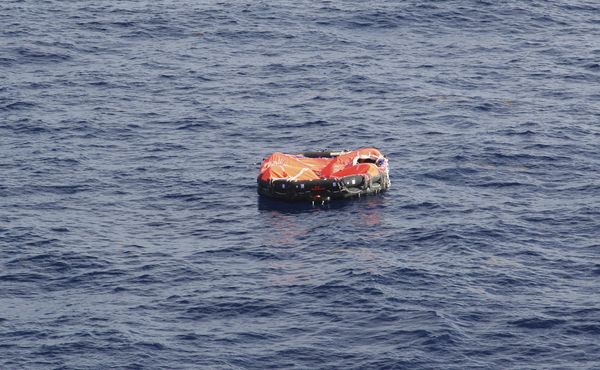It's every air traveler's nightmare. Sudden turbulence throws you backward. The beverage cart flies by and crashes into the rear of the cabin. You're losing altitude quickly, and your seatbelt is jammed between the seats. Oxygen masks drop from above, but you didn't pay attention to preflight instructions. People scream, pray and clutch each other as the plane descends downward at an improbable angle. You think you're going to die.
The good news is that an airplane crash doesn't necessarily mean certain death. In fact, of the 568 U.S. plane crashes between 1980 and 2000, more than 90 percent of crash victims survived [source: BBC].
Advertisement
In the event of an air disaster, there are things you can do that can increase your odds of living. Keeping a calm, cool head amidst panic and disorder isn't easy, but key to your chances. So are the clothes you wear, the luggage you bring and where you stow it. Some research even indicates that the seat you choose might help.
In this article, we'll fill you in on how you can best increase your odds of surviving a plane crash. We'll also learn a few common myths about crashes and reveal some harrowing true stories of survival.
Advertisement




